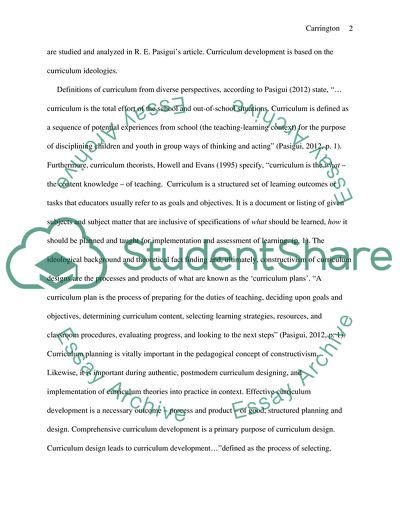Cite this document
(The CYP Workforce and Its Vocational Practices as a Life-Source in the Essay, n.d.)
The CYP Workforce and Its Vocational Practices as a Life-Source in the Essay. Retrieved from https://studentshare.org/culture/1791316-curriculum-development-and-implementation-for-inclusive-practice
The CYP Workforce and Its Vocational Practices as a Life-Source in the Essay. Retrieved from https://studentshare.org/culture/1791316-curriculum-development-and-implementation-for-inclusive-practice
(The CYP Workforce and Its Vocational Practices As a Life-Source in the Essay)
The CYP Workforce and Its Vocational Practices As a Life-Source in the Essay. https://studentshare.org/culture/1791316-curriculum-development-and-implementation-for-inclusive-practice.
The CYP Workforce and Its Vocational Practices As a Life-Source in the Essay. https://studentshare.org/culture/1791316-curriculum-development-and-implementation-for-inclusive-practice.
“The CYP Workforce and Its Vocational Practices As a Life-Source in the Essay”, n.d. https://studentshare.org/culture/1791316-curriculum-development-and-implementation-for-inclusive-practice.


